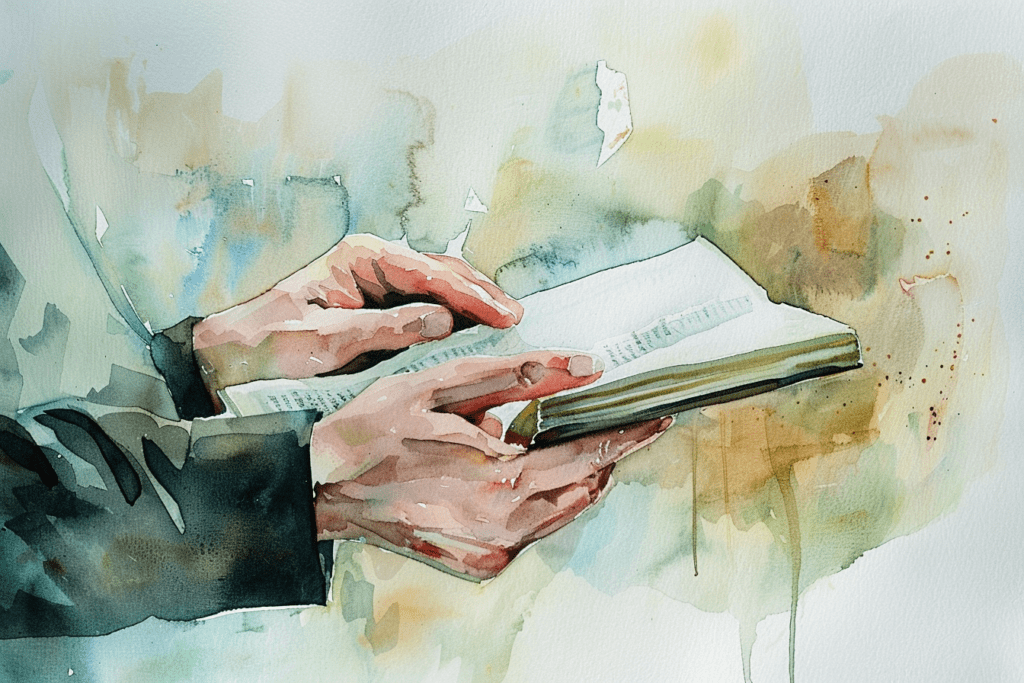
How To Write A Eulogy For A Funeral



Introduction

A eulogy is a speech given at a funeral or memorial service to honour and commemorate the deceased. It provides a personal account of their life, accomplishments, and the impact they had on those around them.
Writing a eulogy can be challenging, especially when dealing with grief, but it is also a powerful way to say goodbye and offer comfort to others.
This guide aims to help you create a eulogy that is respectful, heartfelt, and memorable.
Article Contents
- Understanding the Purpose of a Eulogy
- Preparing to Write the Eulogy
- Writing the Eulogy
- Tips for Delivering the Eulogy
- Conclusion

Understanding the Purpose of a Eulogy

What is a Eulogy?
A eulogy is more than just a speech; it is a tribute that encapsulates the essence of a person’s life. It is a way to honour their memory, share their stories, and express the collective sorrow and joy of those who knew them.
Why is it Important?
The eulogy serves several important functions:
- Paying Tribute: It honours the life of the deceased, highlighting their achievements, character, and the difference they made in the lives of others.
- Providing Comfort: It offers solace to grieving family and friends, reminding them of the positive impact the deceased had.
- Creating Connection: It helps bring people together in their grief, sharing common memories and experiences.

Preparing to Write the Eulogy

Reflect on the Deceased’s Life
Begin by reflecting on the life of the person who has passed away. Consider their personality, achievements, and the relationships they had. Think about:
- Personal Traits: What made them unique? Were they kind, funny, ambitious, or compassionate?
- Achievements: What were their notable accomplishments in their personal and professional life?
- Relationships: How did they impact their family, friends, and community?
Gather Stories and Memories
Collect anecdotes and stories from family members, friends, and colleagues. These personal recollections will provide a richer, more comprehensive picture of the deceased’s life. Consider asking:
- What are your fondest memories of them?
- Can you share a story that highlights their character or values?
- What lessons did they teach you?
Organize Your Thoughts
Once you have gathered enough information, organize your thoughts. Outline the main points you want to cover in the eulogy. A clear structure will help you stay focused and ensure that your speech flows smoothly.

Writing the Eulogy

Start with a Strong Opening
The opening sets the tone for the eulogy. Start with a personal anecdote, a meaningful quote, or a heartfelt statement. This will grab the audience’s attention and set the stage for the rest of your speech.
Example Opening: “Good morning everyone, and thank you for being here today to celebrate the life of my dear friend, John. John was a man of incredible warmth and generosity, always ready with a smile and a helping hand. Today, I want to share with you some of the memories and stories that made him so special to us all.”
Share Personal Stories and Anecdotes
Personal stories and anecdotes are the heart of a eulogy. They bring the deceased’s personality to life and help the audience connect with their memory. Choose stories that highlight different aspects of their character and life.
Example: “I remember the time John decided to build a treehouse for his kids. He spent weeks working on it, often late into the night. When it was finally finished, it wasn’t just a treehouse; it was a fortress of fun, complete with a secret entrance and lookout tower. That was John—always going above and beyond for those he loved.”
Highlight Achievements and Contributions
Acknowledge the deceased’s achievements and contributions, both personal and professional. This could include career accomplishments, community involvement, or their role within the family.
Example: “John was not only a dedicated father and friend but also an accomplished engineer. He was instrumental in developing sustainable energy solutions that have made a significant impact on our community. His work ethic and passion for innovation were truly inspiring.”
Reflect on Their Character and Values
Discuss the deceased’s character and values. What did they stand for? How did they treat others? What legacy have they left behind?
Example: “John’s kindness and generosity knew no bounds. He always believed in the power of small acts of kindness to make a big difference. Whether it was helping a neighbour with their groceries or volunteering at the local shelter, John’s actions were a testament to his compassionate nature.”
Express the Collective Grief and Joy
Acknowledge the shared grief of those present, and also the joy and gratitude for having known the deceased. This balance of sorrow and celebration is crucial in a eulogy.
Example: “While our hearts are heavy with the loss of John, we are also filled with gratitude for having had him in our lives. His laughter, his wisdom, and his unwavering support will forever be cherished. We mourn his passing, but we also celebrate the beautiful legacy he leaves behind.”
End with a Memorable Conclusion
Conclude the eulogy with a powerful closing statement. This could be a quote, a final anecdote, or a heartfelt farewell.
Example: “As we say goodbye to John today, let us remember the light he brought into our lives. His spirit will live on in the memories we share and the lives he touched. Rest in peace, dear friend. You will be deeply missed but never forgotten.”

Tips for Delivering the Eulogy

Delivering a eulogy can be an emotionally challenging experience, but with preparation and practice, you can convey your message effectively and honour the deceased with dignity.
Here are some detailed tips to help you deliver the eulogy:
Practice Your Speech
Rehearse Multiple Times: Practice your eulogy several times before the funeral. This will help you become more comfortable with the material and reduce anxiety.
Record Yourself: Consider recording yourself while practising. This allows you to listen back and make adjustments to your tone, pace, and delivery.
Seek Feedback: Practice in front of a trusted friend or family member and ask for their feedback. They can provide valuable insights and help you refine your speech.
Manage Your Emotions
Acknowledge Your Feelings: Understand that feeling emotional while delivering a eulogy is natural. Accept your emotions and know that the audience will understand if you become teary or choked up.
Pause When Needed: If you find yourself becoming overwhelmed, it’s okay to pause and take a deep breath. This brief moment can help you regain composure and continue.
Have Support Nearby: Consider having a close friend or family member nearby who can offer support or step in to continue reading if you find it too difficult.
Speak Clearly and Slowly
Enunciate Your Words: Speak clearly and pronounce your words distinctly to ensure everyone in the audience can understand you.
Maintain a Steady Pace: Speak at a moderate pace. Avoid rushing through your speech, as this can make it difficult for the audience to follow. Pausing occasionally for emphasis can also add impact to your words.
Use Natural Gestures: Gesturing naturally can help convey your message more effectively and make your delivery more engaging.
Use Notes or a Written Copy
Have a Written Copy: Bring a written copy of your eulogy with you. This ensures you don’t forget any important points and can help keep you focused.
Use Note Cards: If you prefer not to read directly from a script, use note cards with bullet points. This allows for a more conversational tone while still providing structure.
Highlight Key Points: If you’re using a full written copy, highlight key points or sections. This can make it easier to find your place if you lose track.
Stay Engaged with the Audience
Make Eye Contact: Try to make eye contact with the audience periodically. This helps create a connection and makes your delivery more personal.
Read the Room: Pay attention to the audience’s reactions and adjust your delivery as needed. If you notice people becoming emotional, you may want to pause or offer a comforting statement.
Project Your Voice: Ensure that your voice is loud enough to be heard by everyone in the room, especially if you’re in a large venue or speaking without a microphone.
Prepare for the Unexpected
Be Ready for Interruptions: Be prepared for possible interruptions, such as someone becoming emotional or a technical issue. Stay calm and composed, and resume your speech once the interruption is resolved.
Have a Backup Plan: Consider having a backup copy of your eulogy, either printed or saved on a device, in case you misplace your original copy.
Take Care of Yourself
Rest Well: Ensure you get a good night’s sleep before the funeral. Being well-rested can help you manage your emotions and think more clearly.
Stay Hydrated: Drink plenty of water before speaking to keep your throat clear and your voice strong.
Eat Lightly: Have a light meal before the event to keep your energy levels stable without feeling overly full or uncomfortable.

Conclusion

Writing and delivering a eulogy is a profound way to honour the memory of a loved one. It is an opportunity to share their story, celebrate their life, and offer comfort to those who mourn.
By reflecting on their character, achievements, and the impact they had on others, you can create a eulogy that is both heartfelt and meaningful.
Remember, the most important thing is to speak from the heart and to celebrate the life of the person you loved.






